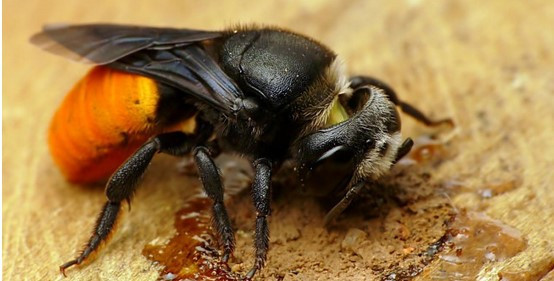views

Finding a beehive around your home can be a surprise—and sometimes a worry. Whether it’s buzzing from your garden shed, walls, or roof cavity, deciding what to do next depends on safety, bee type, and costs involved. If you’re wondering about the Bee Removal Melbourne Prices, this guide will walk you through what to expect and why it’s important to involve professionals.
Why Bee Removal Isn’t a DIY Job
Bees play a vital role in pollination, and in many cases, especially when dealing with native species, they should be left undisturbed. However, hives built too close to people or pets may pose a threat. Allergic reactions, aggressive swarms, and structural damage are all valid concerns.
Instead of risking injury or environmental harm, it's best to contact bees removal Melbourne experts who can safely and legally handle the situation.
Average Beehive Removal Cost in Melbourne
The beehive removal cost in Melbourne typically ranges from $150 to $500, depending on several key factors:
-
Type of bee: Honey bees, native bees, or wasps
-
Location: Easily accessible hives cost less than those inside walls or roofs
-
Hive size: Larger, older hives require more labour
-
Relocation or extermination: Ethical removals cost more but preserve the bee population
Emergency or after-hours removals may add to the cost, but they ensure quick resolution when safety is at risk.
Professional Bee Hive Removal in Melbourne
Engaging professionals for bee hive removal Melbourne is more than just convenience—it’s about safety, compliance, and environmental responsibility. Licensed removalists will:
-
Identify the bee species
-
Determine the safest method of removal or relocation
-
Use protective equipment to prevent stings or contamination
-
Advise on sealing entry points to prevent re-nesting
Whether it’s a small hive near a window or a large infestation in a wall cavity, professional bee removal ensures your home is secure without harming local ecosystems.
What Types of Bees Might Be on Your Property?
Not all buzzing visitors are honey bees. Melbourne is home to a number of native bees that often confuse homeowners. For example, the blue banded bee is a solitary native species with striking blue stripes. While it rarely stings and is great for pollination, it can nest in wall cavities or soft mortar, sometimes requiring gentle relocation.
Similarly, teddy bear bees—furry and golden—are solitary diggers that may build nests in garden beds or soil banks. They're generally harmless but can cause concern when nesting near high-traffic areas.
Another lesser-known species is the resin bees, which use plant resin to build nests in crevices or gaps in structures. While they’re usually non-aggressive, their nesting can damage small spaces or cause pest-like disturbances.
Final Thoughts
Understanding the beehive removal cost and the importance of identifying the bee species can help you make informed decisions. Whether it’s native bees like teddy bear bees, solitary resin bees, or a more urgent hive concern, contacting a bees removal Melbourne expert ensures safe, legal, and environmentally friendly outcomes.
If you spot unusual bee activity on your property, act early—before a small issue turns into a costly removal. Call a trusted Melbourne bee removal specialist today.



Comments
0 comment